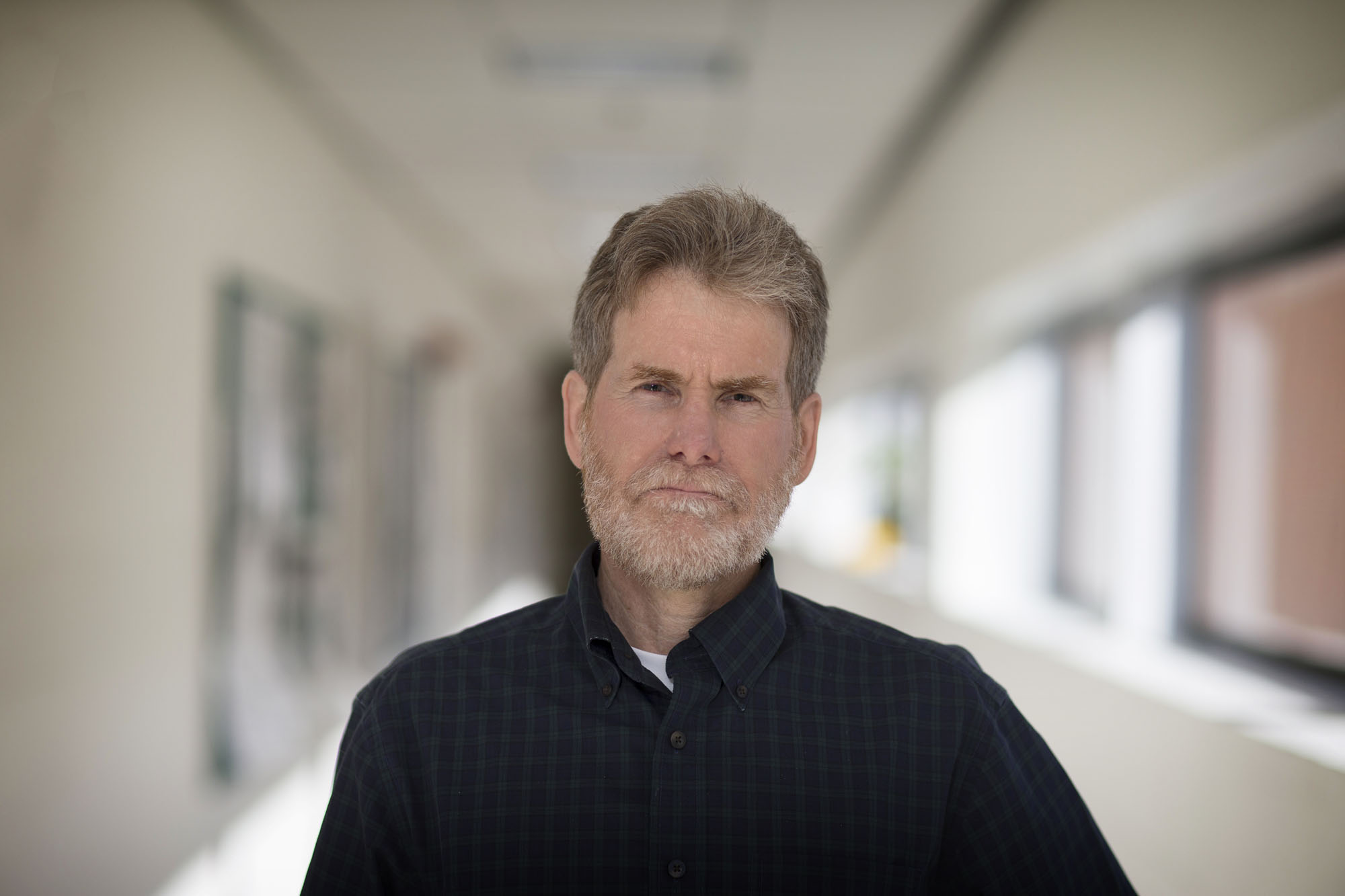Despite spending billions of dollars annually on prescription and over-the-counter eye care products, millions of Americans suffer from chronic dry eye with few or no options for lasting relief.
TearSolutions, a new University of Virginia-based start-up, is trying to change that.
“Dry eye is not only discomfort. Visual acuity is also affected,” said TearSolutions co-founder and UVA professor of cell biology, Gordon Laurie. “Light refraction through the tears is greater than in the lens, so if you’re deficient in tears, your see less clearly.”
TearSolutions recently raised $3 million to begin its first round of testing of an all-new treatment for dry eye. Its product, Lacripep, draws upon years of Laurie’s research at the School of Medicine.
“After years of careful work, including unbiased biochemical screening and a lot of serendipity, we found the answer – a previously undiscovered protein that we named lacritin,” he said.
Lacritin occurs naturally in human tears, where it helps facilitate continued lubrication of the cornea and reduces eye stress associated with dryness. Its active form is often missing in the tears of people who suffer from dry eye. Lacripep synthesizes that missing piece.
“Think about it as a replacement therapy for the lacritin that is normally a natural portion of tears,” TearSolutions CEO and co-founder Mark Logan said.
Logan is a seasoned veteran of major eye-care companies like Bausch & Lomb and VISX Inc., so he’s well aware of the high demand for an efficient way to treat dry eye – and that demand is continuing to grow.
At least 6 percent of the world’s population suffers from dry eye, with a higher prevalence among the elderly and post-menopausal women. As Baby Boomers age, the number of cases of dry eye will likely rise even further in the United States.
While the increasing demand is clear, there is still a huge gap in the market for viable treatment options. According to Logan, Restasis is the only current prescription treatment for dry eye, but studies show that it is only effective in 15 percent of patients.
“Doctors and ophthalmologists are just desperate for something because right now, when a patient comes in and is really suffering, they have only palliative options that temporarily soothe the discomfort,’” Logan said.
These over-the-counter eye drops require almost constant reapplication for relief.
“[Our therapy] is something you’d have to use between one and three times a day, but the dosage might change,” Logan said. “We’re operating under the hypothesis that once you get things running well again on the eye, you could lower the frequency of application.”
By replacing lacritin, Lacripep will go beyond just dryness relief and offer long-term preventative care for the eye.
“Over a period of time [for those with dry eye], the cornea becomes more and more damaged and less responsive to these other treatments that give you relief,” Logan said. “We can see this when we do cornea staining. We can see the rough jagged areas that have been eroded and are inflamed.”
Lacripep’s potential to stop that erosion as well soothe the cornea has a number of pharmaceutical and investment companies paying close attention to TearSolutions. Santen Pharmaceuticals, Medarva Innovations LLC, the Center for Innovative Technology, and Launch Capital all contributed to the $3 million raised to begin clinical studies on Lacripep.
UVA also has a direct stake in the company’s future.
“All of Laurie’s discoveries were made in his University of Virginia laboratory, so all the patents that were filed belong to the University of Virginia,” Logan said.
TearSolutions worked with the UVA Licensing and Ventures Group to license those patents exclusively for its company and help speed this important University discovery to market. This means UVA will benefit from royalties on any future sales of Lacripep.
TearSolutions’s next step is to file an investigational new drug application with the Food and Drug Administration in 2016, with plans to begin a combined phase I/phase II clinical trial shortly thereafter.
“Most pharmaceutical companies are only seriously interested if you’ve done human clinical trials and shown efficacy,” Laurie said. “It costs about $12 million total to do that, so we’ll need to raise $9 million more to continue trials. This is a small step in our mission is to provide ophthalmologists and dry eye sufferers with a truly effective treatment.”
Media Contact
Article Information
December 2, 2015
/content/tears-joy-uva-start-seeks-bring-new-eye-therapy-millions

